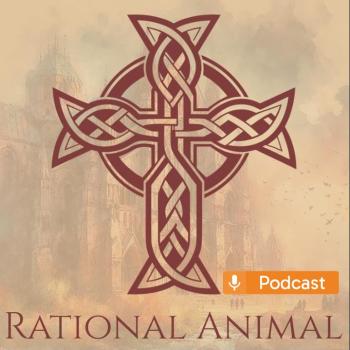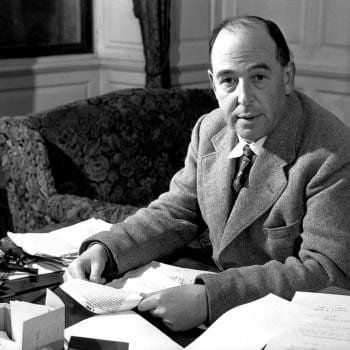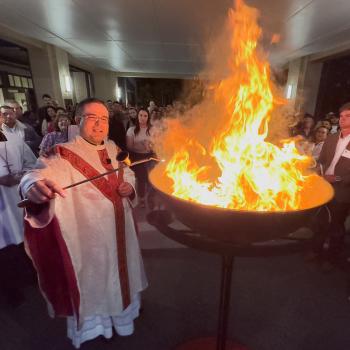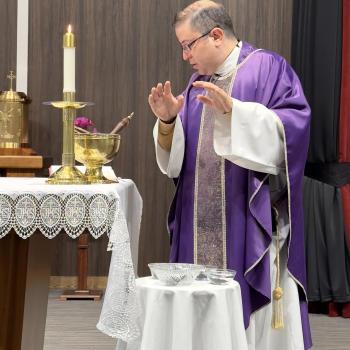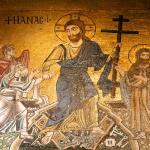I have only seen a sign like this one once in my life. No smiling allowed. What could have happened in a place where smiling is forbidden? The site has no guards to enforce this rule, but simply recounting the horrific acts that unfolded there is enough to keep a person from smiling.
The Tuol Sleng Genocide Museum was built as a high school in Phnom Penh, Cambodia, and in 1975 the ruling regime, the Khmer Rouge, converted the school into Security Prison 21 (S-21) to detain and torture high profile citizens suspected of anti-government activities. Over the span of four years, approximately 17,000 people were held in the prison and executed in nearby fields now called “the killing fields.” Pol Pot’s regime forced citizens out of cities in hopes of creating an agricultural utopia governed by a classless, atheistic, rural and communist society.
Estimates vary on how many Cambodians were killed during the reign of the Khmer Rouge, but in general, numbers range between two and three million. People with a college education, those who wore glasses or spoke a foreign language were executed. Those who did not work due to a lack of agricultural training, a handicap or old age were killed.
The reign of terror continued until the communist Vietnamese government invaded Cambodia in 1979. The Khmer Rouge leadership retreated from Phenom Penh and continued to rule part of Cambodia with the recognition of the United Nations for several years. Pol Pot died in 1998 while under house arrest by a faction of the Khmer Rouge. He never faced the consequences of his terrible deeds.
The S-21 Prison, located in downtown Phnom Penh, not only recounts the painful history of Cambodia, but stands as a witness to the horrors human beings are capable of committing. Seeing the portraits of every prisoner, then seeing the place where the pictures were taken, and finally seeing portraits of the dead (they were taken to prove they had been killed) was disturbing.
You can walk inside the small brick cells which were built for high profile prisoners and see still painted on the wall numbers which correspond to the key of each cell. It seems as if just last week prisoners were kept in these inhumane conditions and now the prison is open to the public. You will see in the picture below that each prisoner had a bottle with water and a box to use the bathroom.
The original sign containing the rules of S-21 prison in Cambodian, French and English still stands in the garden. Written on a chalkboard in one of the rooms, you can read rules a guard wrote for his prisoners in French: “It is absolutely forbidden to speak. Before doing anything, you must have the permission of the guard. It is absolutely forbidden to make noise.” Not only is it terrifying to walk where atrocities were committed, but the thought that the chalk used to give instructions to these suffering souls has not yet been erased from the board is gut wrenching. The Tuol Sleng Genocide Museum has not been manicured for tourists, but rather presents what happened there in a raw manner.
These two paintings below were drawn by a survivor of S-21 Prison. Most prisoners were kept side by side on the floor as the painting below shows, with their ankles chained to each other. The museum contains the original torture devices used at the prison.
The open hallways of the prison were enclosed with wire after many prisoners preferred committing suicide by jumping rather than enduring the inhumane treatment and torture.
Here is a picture of one of Pol Pot’s cronies from a display at the museum. Note how his face has been marked with an X and someone has written “killer.”
Outside the city you can visit the killing fields were most men and women kept at S-21 were brutally executed. Music was blasted on loud speakers so that neighbors could not hear the cries for help. Numerous mass graves have been identified and in the middle of the memorial stands a pagoda filled with human remains.
In order to save on bullets, the Khmer Rouge used the very sharp edge of this plant to slit the throats of their victims. Babies were smashed against the tree below.
The pagoda at the killing fields stands as a memorial of peace and hope for Cambodians today. Traveling in Cambodia one quickly realizes that a whole generation is missing, everyone seems to be young. Cambodia is a country with extreme poverty and great need, mostly in part due to the many people the Khmer Rouge killed during its reign of terror. Land mines continue to take thousands of lives and leaving many handicapped, especially children.
I share the story of Cambodia and the Khmer Rouge because I find that many do not know about this piece of recent history. Unfortunately atrocities such as this one are not isolated events of history or the present day. Humanity is in need of a Savior to lead us out of the darkness into the light where every human life is respected and where men and women live as true brothers and sisters.
Pictures are mine, all rights reserved.




